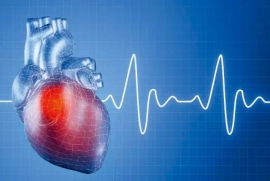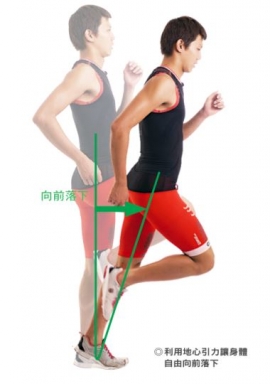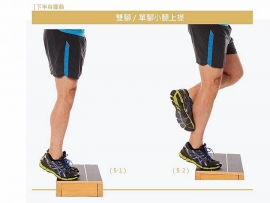(上图左)
The athlete assumes a “hang” position exercise posture while holding a wooden dowel positioned against the popliteal fossa at the posterior aspect of the knee. A clean or snatch grip is incorporated upon the dowel depending upon the specific exercise of instruction (Figure 1).
(上图右)
The athlete slowly extends their body vertically while allowing the wooden dowel to rise against the posterior aspect of their legs, concluding in a position of triple extension on the balls of their feet with their shoulders shrugged (Figure 2). The exercise is then repeated at faster tempos to generate a greater exercise velocity performance via the lower extremities.
The position of the wooden dowel offers a “bar pathway” posterior to the body thus eliminating the upper extremities from the exercise equation. Since the arms are not a contributing factor to the exercise performance, the athlete is now provided with feedback as they sense the lower extremity involvement during the exercise performance. This is the same lower extremity sensation that should occur during the actual OSW exercise performance with a barbell positioned anterior to the body.
山姆以前也分享过一段影片,槓子是放在身体前的,列出来供参考:
文章来源:山姆伯伯工作坊
更多跑步伤害文章://www.nduoke.com/running-injuries
损伤预防//www.nduoke.com/injury-prevention
损伤治疗//www.nduoke.com/injury-treatment
膝盖损伤与恢复专题//www.nduoke.com/knee
足部损伤与恢复专题//www.nduoke.com/foot




